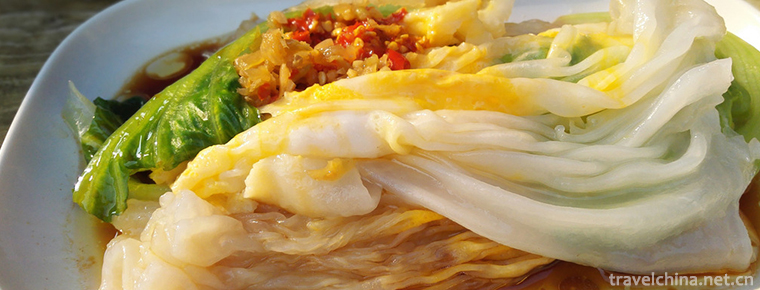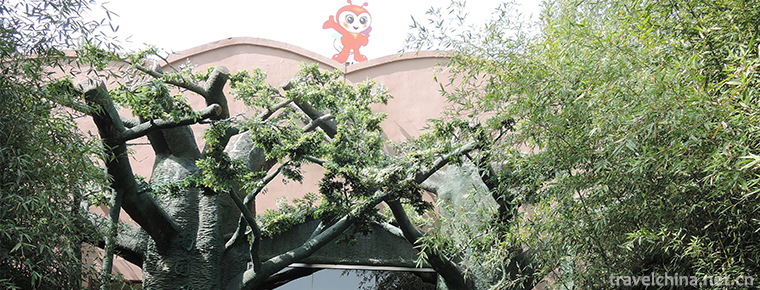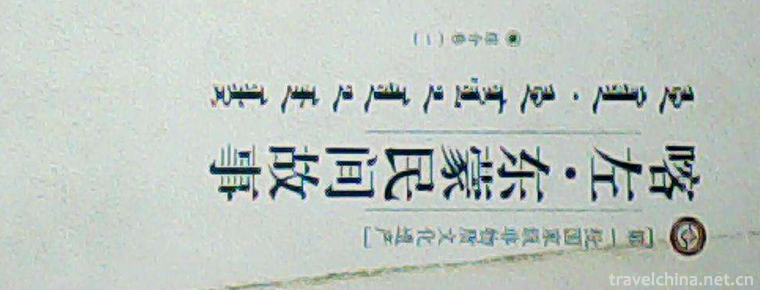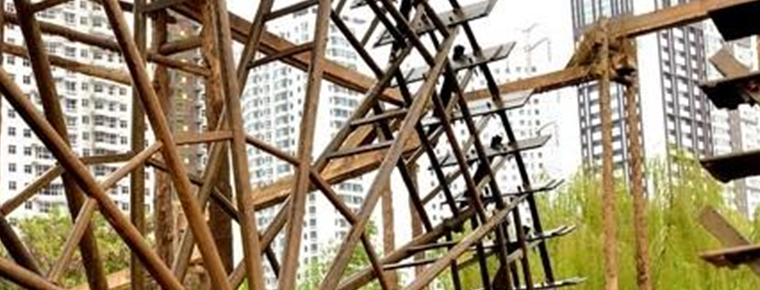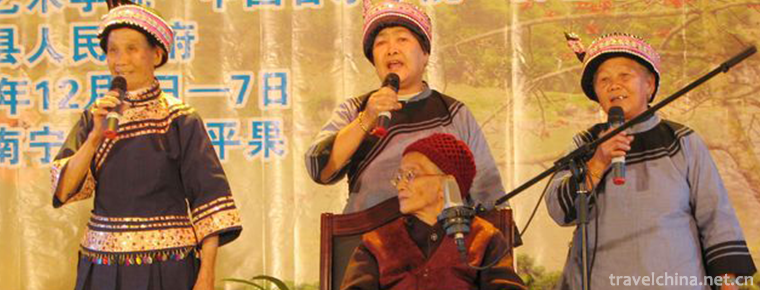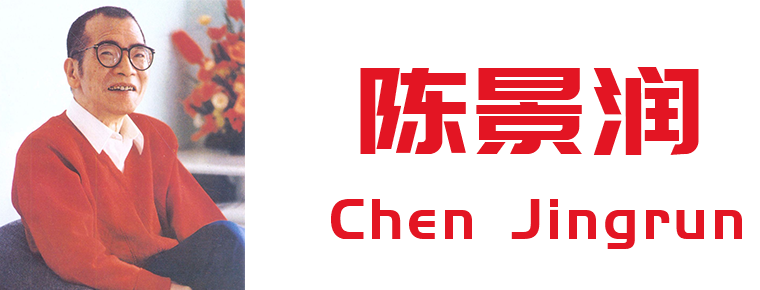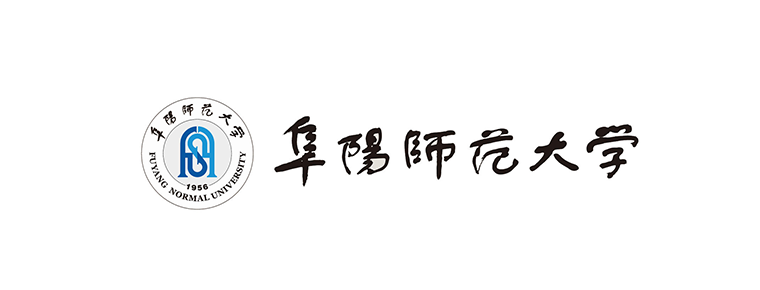Fangshan Luzhou
Fangshan
Luzhou Fangshan is a famous mountain in Sichuan. There are Emei Bantang, xiaozhongnanshan, xiaoemei, Yunfeng, etc. It is composed of 99 peaks, which are square from all sides, and are extremely magnificent.
Introduction to scenic spots
Fangshan is located in Jiangyang District, Luzhou City, 16 kilometers away from Luzhou City, covering an area of more than 20 square kilometers. Luzhou Fangshan is a famous mountain in Sichuan. In the Han Dynasty, there was the honor of Han Gao (the highland near the water of Han Dynasty); in the Tang Dynasty, Fangshan was also known as "xiaozhongnan mountain"; in the Qing Dynasty, Fangshan got the reputation of "Emei" and "Emei"; because it stood on the Bank of the Yangtze River, surrounded by clouds, rain and fog all the year round, Fangshan was nicknamed "Yunfeng" among the people.
Fangshan is composed of 99 peaks, which are square from all sides, and are extremely magnificent. Xueji peak (snow peak), the highest point of Fangshan Mountain, is 649 meters above sea level, which is not high. However, it has the potential to rise from the ground with the bedding of shallow hills and low mountains. The main body of Fangshan is composed of the sandstone of Guankou formation of Cretaceous system with bright red color, which is very eye-catching. The Danshan mountain and clear water complement each other and are extremely enchanting. Fangshan is like a castle, standing on the surrounding gentle hills and flat dams. There are "city gates" in all directions: the Buddhist gate in the East, the Guanyin gate in the west, the Taiji gate in the south, and the lailongmen gate in the north. Here grows the subtropical evergreen coniferous broad-leaved mixed forest, the forest is luxuriant, the soil and water conservation is very good. There are nine famous mountain springs on the mountain, which flow continuously all the year round, known as "Jiulong spit water". Now Yiping lake has been built, named "Tianchi".
Bodaoling is a mountain peak like a knife, shaped like a kitchen knife. It is the best place to view the sea of clouds. Yunfeng temple is located on the south slope of Fangshan Mountain, which is towering and magnificent. Yunfeng temple was built in the sixth year of Tianbao of the Tang Dynasty. There are old temple rooms, male lions and Xianfeng stone, Huiyu stone, Tingquan, huizhichi, etc. Xinyunfeng temple is located at the foot of Zizhu peak in Fangshan Mountain and is well preserved.
Fangshan is not big, but it is surrounded by ninety-nine peaks, which makes it more towering.
Detail description
Looking up from the bottom of the mountain, the surface of Fangshan is square, like an altar for worshipping heaven. Stepping into the mountain, more than 1500 mu of ancient trees are green and verdant, and clouds appear and disappear all day long; tens of thousands of ancient Zhennan trees support the strength of Fangshan; dozens of mu of green bamboo shake the charm of Fangshan; the evergreen pines and cypresses all over the mountain top are the ageless rings of Fangshan.
Listen to the spring pool dripping mountain spring, Huizhi pool trickle, is the pulse of Fangshan. The Huxi River, which runs round Fangshan to the Yangtze River day and night, is the life of Fangshan.
Because of the prosperity of mountains, mountains because of the name of Buddha. Since ancient times, Fangshan is no exception. According to legend, Emperor Wu of Han dynasty built LAN temple in Fangshan, Emperor Ming of Tang dynasty built old Yunfeng temple in Fangshan, added new Yunfeng temple in Song Dynasty, and rebuilt Huxi bridge into Yinglong bridge in Qing Dynasty, and added stone archway outside the mountain gate.
Qin MI, a famous official of the Shuhan Dynasty, wrote an inscription "the teeth of ghosts and cobras" on the bodaoling mountain of Fangshan, praising its danger. Emperor Jianwen chose the mountain to build the Xing palace, and once counted the mountains on the snow Ji peak of Fangshan, and counted the origin of the ninety-nine peak
In the long years of the towering Fangshan Mountain, there are the remains of emperors and generals, the poems of poets and poets, and the prosperity and coexistence of Buddhism and Taoism, which are "forty eight temples in Fangshan Mountain, locked in the light smoke trees".
The annual pear blossom festival in Luzhou is in the Zhengshan mountain of Fangshan, located in Danlin town. In March every year, there are a lot of people who go to enjoy pear blossom, climb mountains and taste local products. It is a good place for leisure and outing.
Traffic guide
transit
The first and last bus stop of Luzhou bus no.376 Longchi road Fangshan scenic spot
Longchi Road Bus Terminal - Longchi Road South - Duxi road - Huayang agricultural trade market - Jiangwan group 2 - zaozishan - Weixing group 10 - daobanfang - changyaoshan - Community 18 on the West Bank - Paradise - Huayang - West Bank 25 Society - litchi forest - Xiyan - shuangxizui - suxigou - Yunfeng group 5 - Zhangba - ganxigou - Fangshan Town - Fangshan police station - Fangshan toll station - Fangshan middle bridge - tourist reception center - Fangshan scenic spot

Fangshan Luzhou
-
Aerge Mountains
Mount Alge, A'erge Mountains, a mountain range at the junction of Xinjiang Uygur Autonomous Region, Tibet Autonomous Region and Qinghai Province, China.
Views: 271 Time 2018-11-01 -
steamed vermicelli roll
Intestinal powder originated in Luoding, Guangdong Province, has been spread throughout the country. According to geography (taste), it can be distinguished from the well-known
Views: 428 Time 2018-11-02 -
Yishui Underground Fluorescent Lake Scenic Area
Yishui underground fluorescent Lake tourist area is now renamed as the fluorescent insect water tunnel tourist area.
Views: 245 Time 2019-03-03 -
Eastern Mongolian Folk Stories in Kazuo
The Folktales of Kazuo East Mongolia are spread in an oral literature in the left-wing Mongolian Autonomous County of Karaqin. Folk narrators, in the traditional way of oral narration and singing,
Views: 127 Time 2019-05-08 -
Making Techniques of Lanzhou Yellow River Waterwheel
Lanzhou Yellow River waterwheel production technology, Lanzhou City, Gansu Province, local traditional handicraft, one of the national intangible cultural heritage.
Views: 353 Time 2019-05-10 -
72 Sorcery Music of Lingyun Zhuang Nationality
The 72 witchcraft tunes of Lingyun Zhuang nationality originated in Lingyun County, Guangxi, mainly centered on Sicheng Town, where the county government is located. It is a tune sung by the Zhuang wi
Views: 206 Time 2019-05-13 -
Advertising for rent
There are six advertising spaces for each article, first come, first served.
Views: 380 Time 2019-08-30 -
Chen Jingrun
Chen Jingrun (May 22, 1933 -1996 March 19th), male, Han, non party personages. Fujian Fuzhou Man, a contemporary mathematician.
Views: 148 Time 2019-09-07 -
Fuyang Normal University
Fuyang Normal University is a regular college in Anhui province. Excellent agricultural and forestry talents education and training plan Reform pilot projects, the first batch of pilot units for compr
Views: 201 Time 2019-11-09 -
Neijiang cultural undertakings
By the end of 2019, there are 121 performing arts venues in Neijiang City, including 6 cultural venues. There are 5 museums, 5 cultural relics protection and management institutions, 7 national key cultural relics protection units, 42 provincial cultural relics
Views: 300 Time 2020-12-16 -
Meishan landform
Meishan city is high in the West and low in the East, high in the South and low in the north. The territory of mountains and horizontal, hilly ups and downs, dense river network. The central part is the broad Minjiang River valley plain. Guangdongdong mountain in Hongya
Views: 345 Time 2020-12-18 -
Meishan Education
By the end of 2019, there are 824 schools of various types, including 435 kindergartens, 176 primary schools, 165 junior high schools, 26 senior high schools, 17 secondary vocational schools and 5 special schools. By the end of the year, there were 397900 students
Views: 187 Time 2020-12-18

